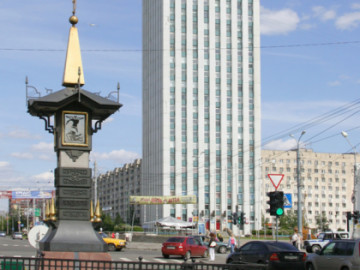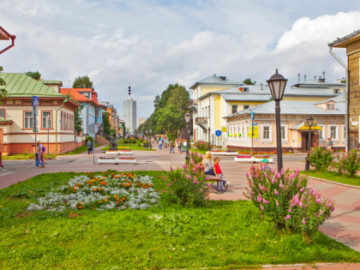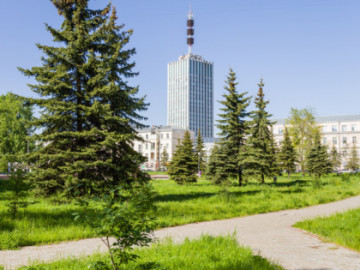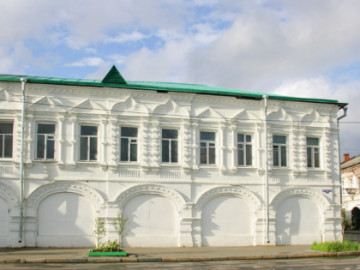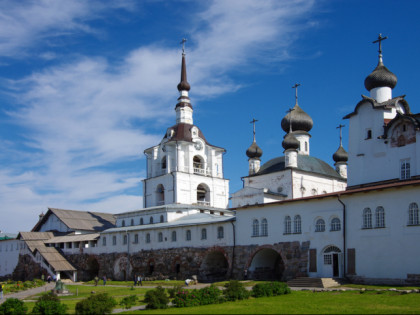Solovetsky Monastery: From Ancient Labyrinths to the Gulag
In 1992, the Solovetsky Monastery was inscribed on the UNESCO World Heritage List. The foundation of this monastery is connected with the monks Savvaty, German and Zosima. As legend has it, the first church was built on an island in the White Sea in 1436, at the site where Zosima saw the image of a shining temple. Now the relics of Zosima, Savvaty and German are one of the main relics of the monastery.
A powerful stone fortress of the late 16th century and a five-domed three-story Spaso-Preobrazhensky (Transfiguration) Cathedral, built in 1566 by Novgorod architects, have survived up to this day. The thickness of the temple walls reaches four meters, and five-meter boulders are laid at the base of the walls. Inside, frescoes of the late 18th century have been partially preserved. The refectory is of particular interest: this one-pillar chamber is second only to the Palace of the Facets in the Moscow Kremlin. The tallest building in the monastery is a 50-meter high baroque bell tower, built in 1777, with a spire of the mid-XIX century. The Solovetsky Monastery yards house a stone water mill of the first half of the 17th century, an icon-painting, a tailor’s and a shoe chambers. The monastery was closely related to the tsarist family. Tsar Ivan the Terrible and Emperor Alexander II had been donating it money for the construction of churches, and the monks had been supplying a perfect Solovetsky herring to the imperial court.
In 1923 the monastery became a place of mass exile of political prisoners and was turned into the Solovki Special Purpose Camp, the first and the largest in the country, a prototype of the Gulag. It was closed in 1937 and in the 1980s the restoration of the monastery began. In 1990, divine services resumed in the churches.
The sights of the Solovetsky Archipelago are not limited to the monastery. The largest pagan sanctuary in northern Europe with labyrinths and barrows has been preserved on Bolshoi Zayatsky Island. The labyrinth about 25 meters in diameter is the largest stone labyrinth in the world. Another artifact is the canal system by which monks connected fresh lakes in the 16th century. You can observe them using row or motor boats. If you go to Cape Beluzhiy, you will have a unique chance to see white whales. Nowhere in the world do they approach the shore so close!
In early June, a Folk Crafts Fair is held on Solovki, attracting craftsmen from different regions of the country. In August the archipelago hosts an Art Song Festival with the participation of 200 musicians. Things are humming here even in February when a fishing championship, the traditional industry of local residents, is held.

